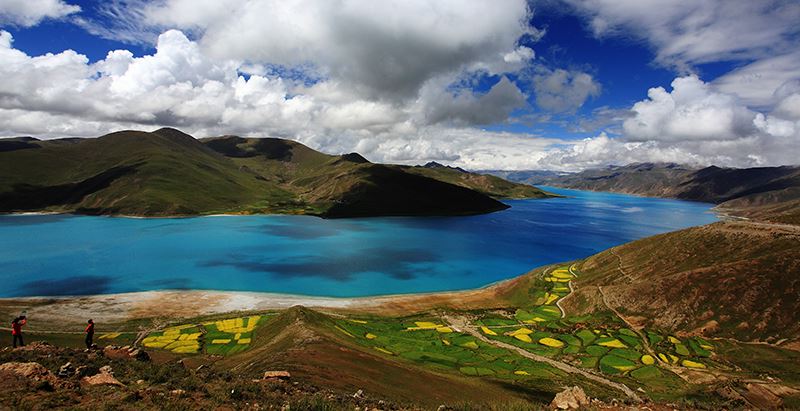INFOS & SERVICE
OUR OTHER WEBSITES
Arrive at Dunhuang
Dunhuang, an important gateway of “Silk Road”

High-speed train Duhuang – Jiayuguan
Mogao Grottos – the treasure of Buddhism and Grotto Art

Jiayuguan – Zhangye, high-speed trai Zhangye – Xining
Jiyuguan Tower, Hanging Great Wall, Danxia Landform Geographical Park

Xining – Lhasa
Grand Dongguan Mosque, Train ride on the Qinghai-Tibet Plateau and through the human-less areas

Arrive in Lhasa
Welcome to Lhasa - the roof of the world. Visit nunnery Ani Sangkhung

Lhasa
Potala Palace – landmark of Lhasa, Jokhang and Barkhor Street

Lhasa
Panoramic view over Potala, Norbulingka, Debate in Sera

Lhasa – Gyantse – Shigatse
Karo La Pass and Glacier, holy lake Yamdrok, Palkhor with Pagoda Kumbum

Shigatse – Lhasa
Tashilunpo Monastery in Shigatse, traditional manufacture for Tibetan incense

Leave Tibet
Travel to next destination

Private travel, great experiences! Please contact us for your tailor-made travel offer.
With individual China Tibet travel, you can decide when, where and how you go on tour by yourself. What's more, you can choose the length of travel and whom you go with.